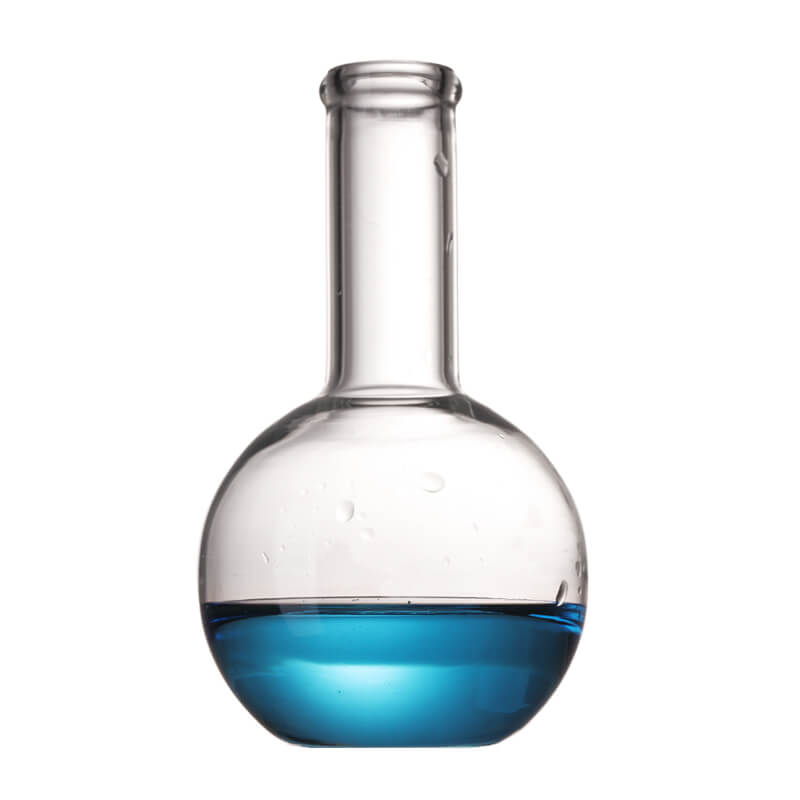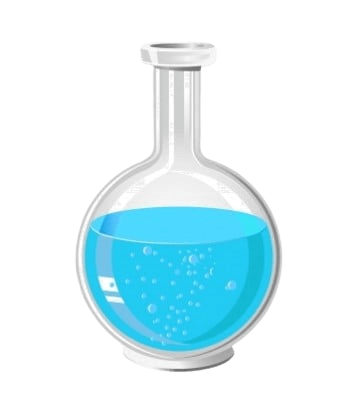In modern laboratories, two commonly used types of boiling flasks are flat-bottomed and round-bottomed flasks. Round-bottomed flasks feature spherical bottoms, while flat-bottomed flasks have flat bottoms. Both are typically made from borosilicate glass, due to its resilience against high thermal and chemical pressures. Both flasks also have tubular neck sections with openings at the tip and are available in various sizes, ranging from 5 mL to 20 mL.


But what sets these flasks apart? Which one proves more advantageous in laboratory experiments?
Well, here are some of the main differences between round-bottomed flasks and flat-bottomed flasks:
| Functionality | Round-Bottomed Flasks | Flat-Bottomed Flasks |
| Stability | Require a cock ring or flask holder to be placed on a bench, as they cannot stand up on their own. | Because of their flat bottoms, they can easily be placed on flat surfaces such as laboratory benches without any support. |
| Heat Distribution | The round shape facilitates even distribution of heat, making them ideal for heating under reflux or in oil baths. | While they provide stability on heating surfaces, they may not heat as uniformly as round-bottomed flasks. |
| Fracturing Under Vacuum | Because of their ability to facilitate even heat distribution, they are more resistant to fracturing under vacuum. This makes them suitable for various applications requiring heating or boiling of liquids. | Less robust to pressure and temperature differences compared to round-bottomed flasks, as stresses are concentrated on the flat bottom. |
| Evaporation | The round shape of these flasks may result in slower evaporation rates compared to flat-bottomed flasks. | The flat bottom provides a larger surface area for evaporation, resulting in faster evaporation rates, which may be advantageous in certain applications. |
Both round-bottomed flasks and flat-bottomed flasks have their advantages and disadvantages, and the choice between them depends on the specific requirements of the experiment or process you need to perform in the laboratory.



